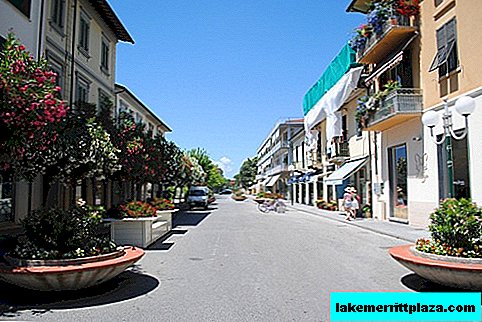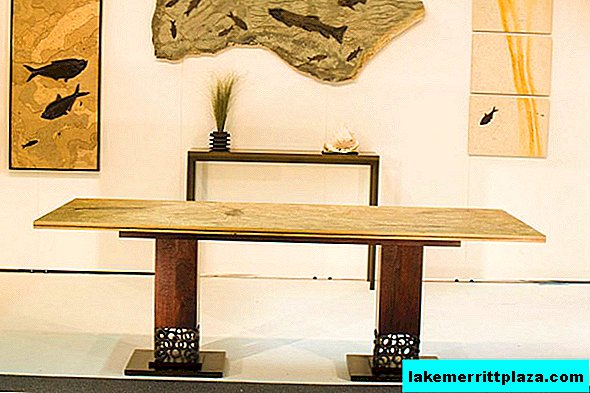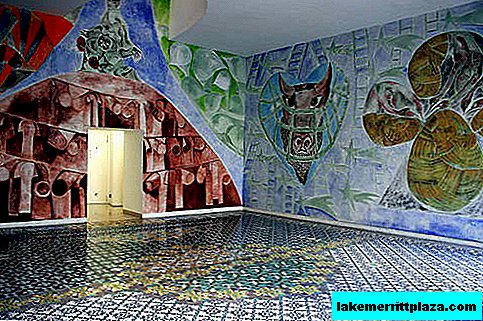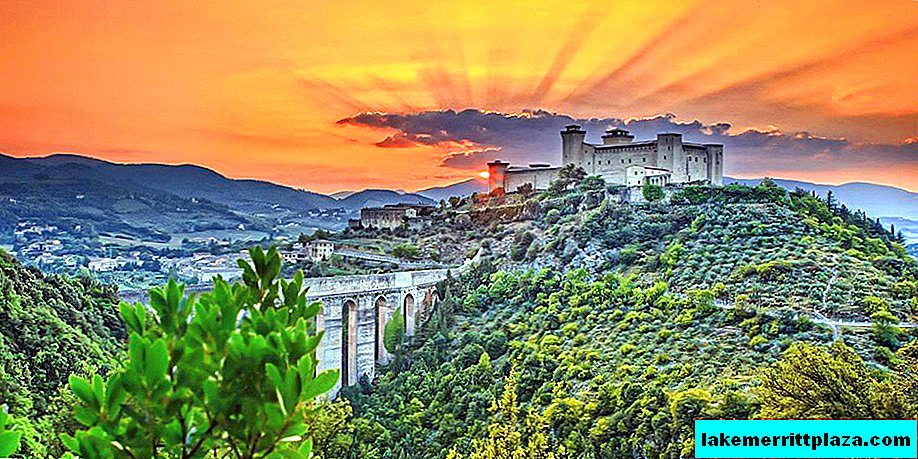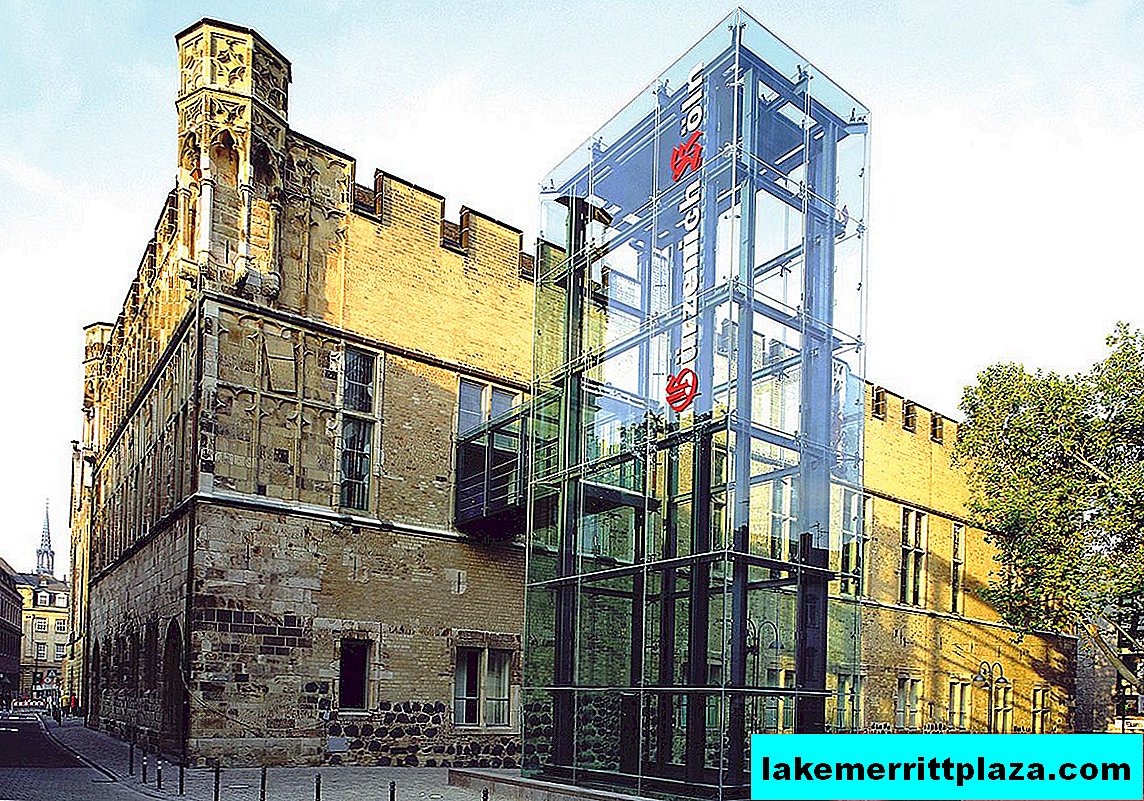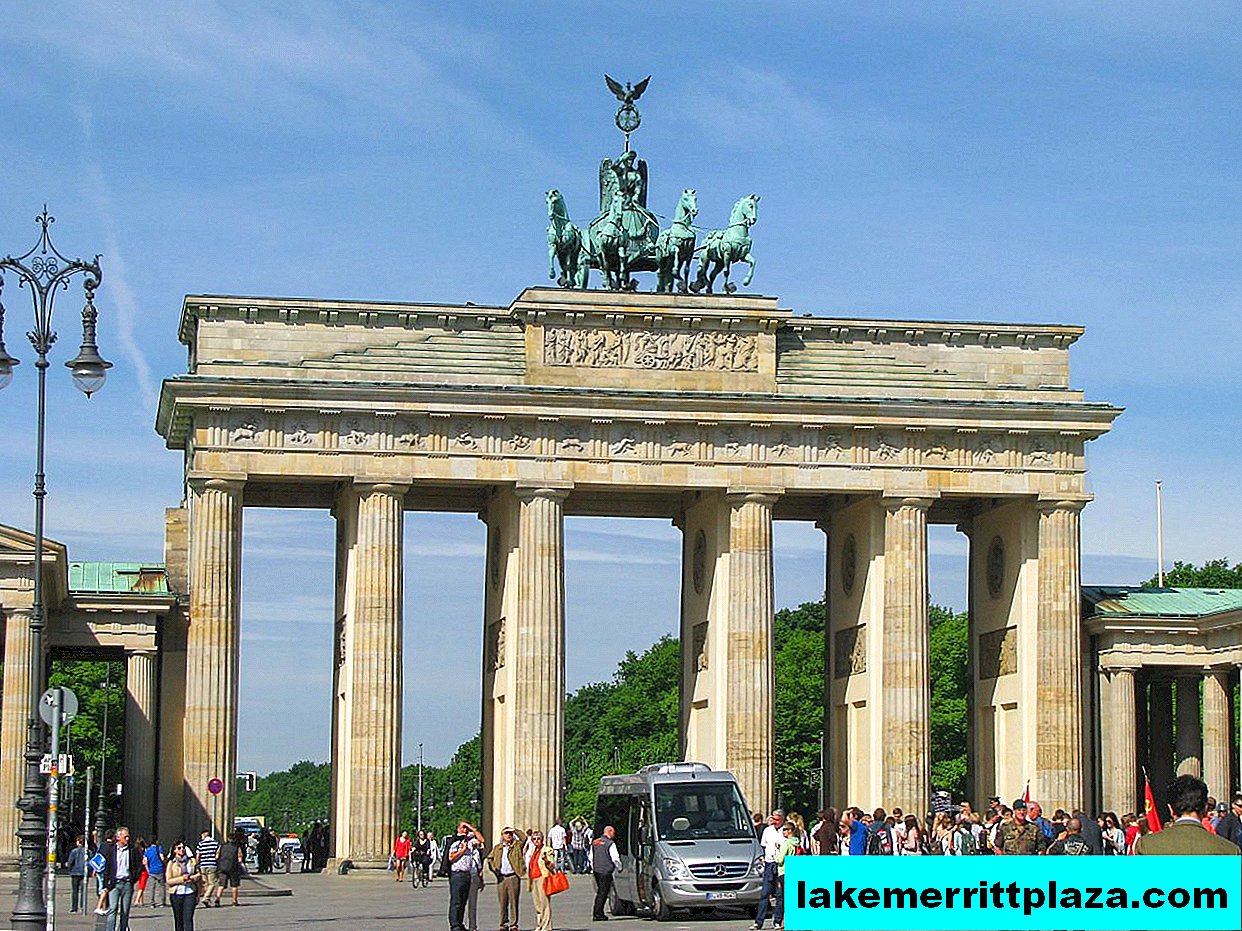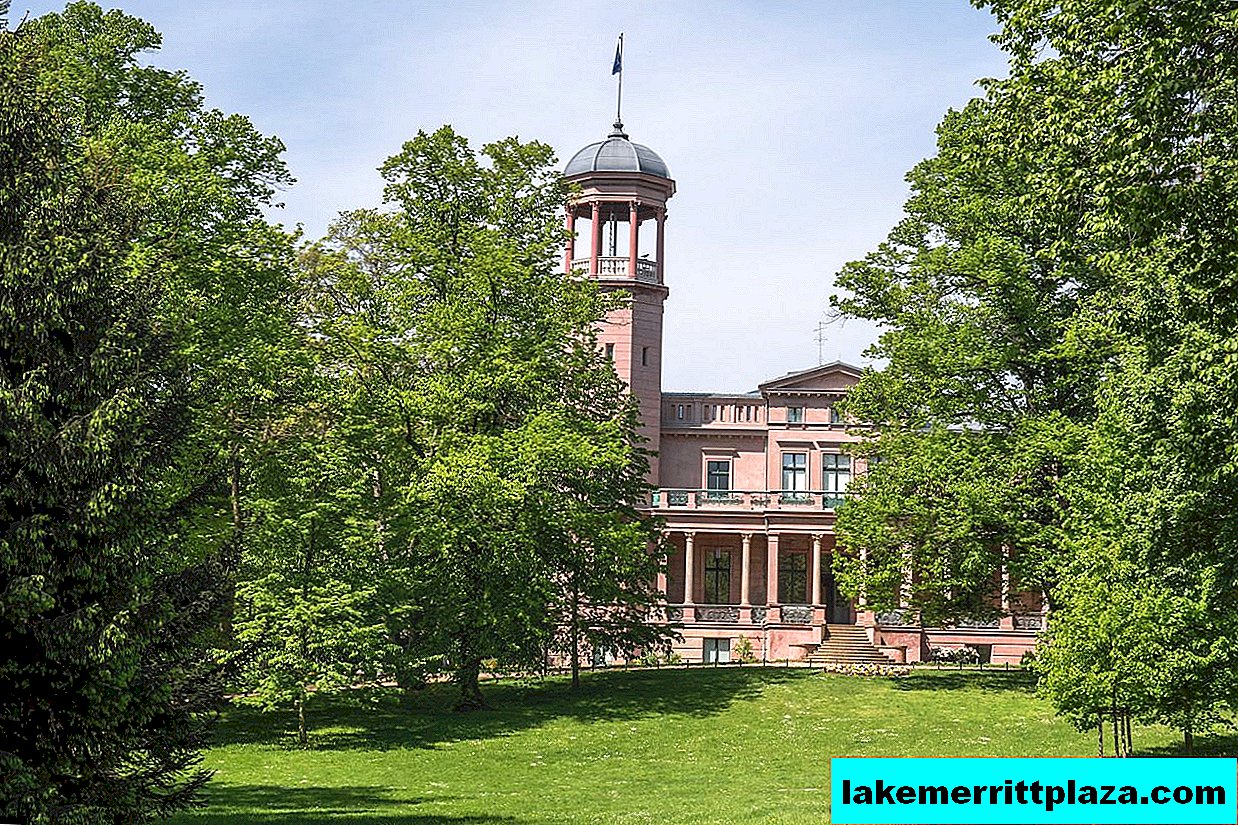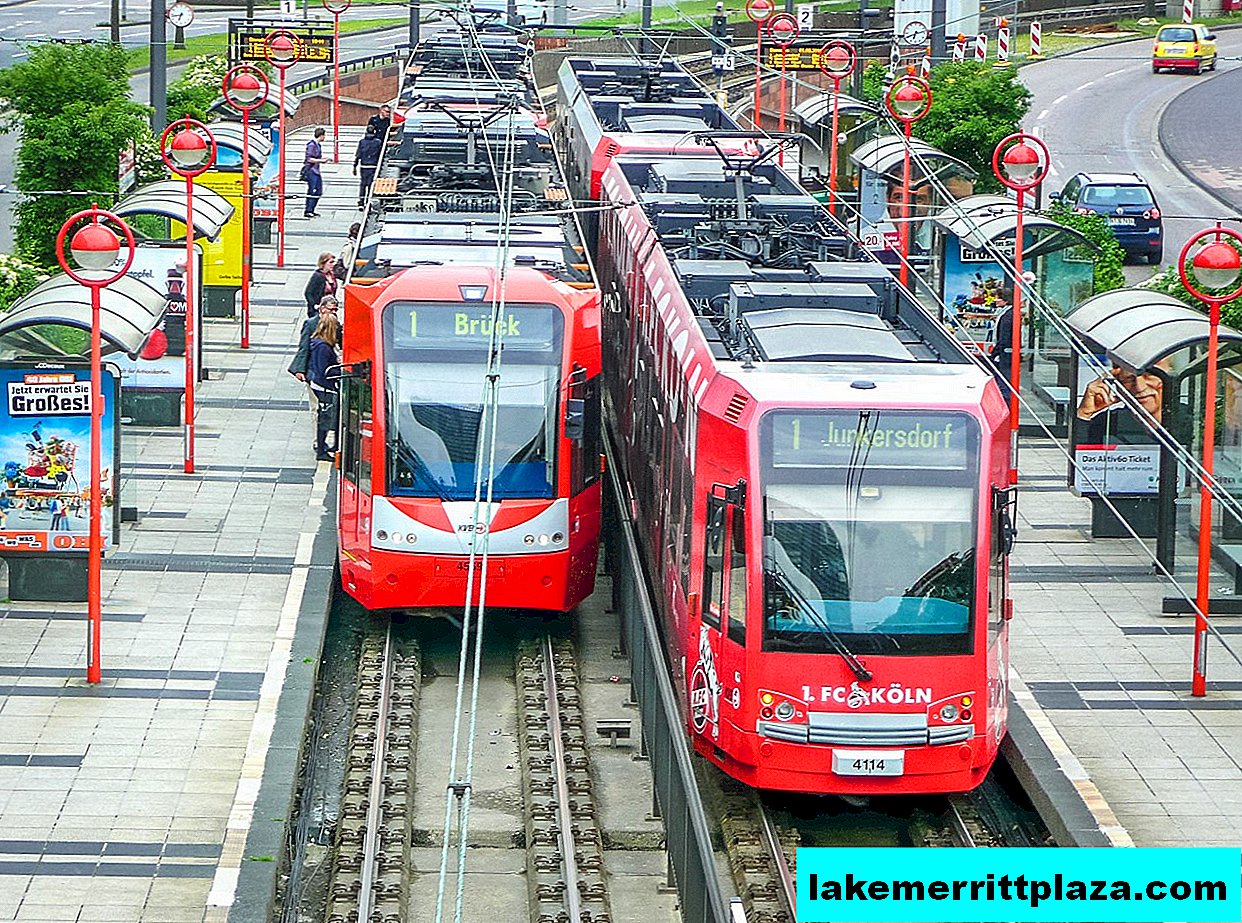Glienicke Palace - Italian villa on German soil, an impressive open-air museum. It is located on the shores of a small lake and is surrounded by a park with an English landscape garden.
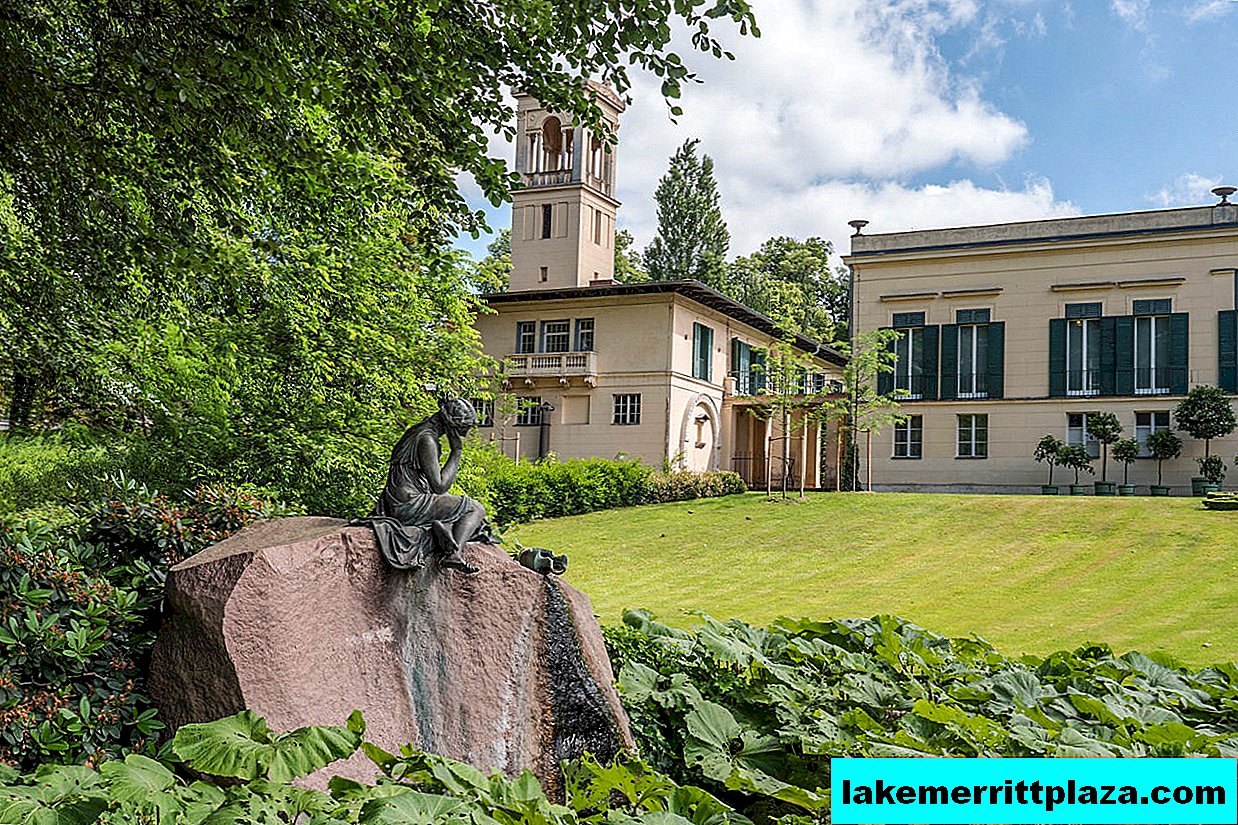
Glienicke Palace (Schloss Glienicke), photo riesebusch
In the southwestern part of Berlin, in the Wannsee region, near Potsdam and the magnificent Sanssouci, stands the Glienicke Palace (Schloss Glienicke). The building, built in a romantic neoclassical style, is surrounded by an extensive landscape garden. The palace and park complex form the Klein-Glienicke ensemble - a UNESCO site.
The "Italian Dream" of Prince Karl of Prussia
Since 1753, the mansion of Dr. Johann Jacob Mirova has been on the site of today's Glienicke Palace. In 1764, the estate was put up for auction, for several decades it changed four owners. In 1824, Karl of Prussia bought the mansion from Prince von Hardenberg. The prince has just returned from Italy: impressed by the journey, he decided to build a residence in the Italian spirit.

Italian villa on German soil, photo by Andreas F. E. Bernhard
The reconstruction of the building was entrusted to Karl Schinkel. The architect specially visited Italy to work on this project. Ludwig Persius was an assistant and then successor to the famous Prussian architect. The graceful silhouette of the Glienicke Palace has become a harmonious part of the garden and park ensemble, founded under the previous owner - Prince von Gardenberg. Klein-Glienicke Park was created by master of landscape art Peter Lenne.
The entrance to the palace was designed as a Roman antique portico. Since 1840, the Lion Fountain was installed in front of it, resembling the Golden Fountain at the Medici Villa in Rome. On the ground floor of the palace there were ceremonial halls, an entrance hall, maid of honor rooms, a kitchen, and utility rooms. In the east wing were stables. On the second floor there were guest lounges, Red and Blue halls, a library, the Secret Cabinet, the bedrooms of Prince Charles and Princess Mary. The windows overlooked the Havel River, the surrounding forests, green fields.






The park was expanded: there appeared flowering English lawns, shady "Italian" groves, a greenhouse, and an entertainment garden. They built the Casino building, two pavilions - a rotunda and a tea house.
Museum
Prince Karl died, and the palace was empty for a long time. Since 1950, reconstruction began according to the surviving photos, floor plans and drawings. Many of the original elements were lost. Today, an exhibition dedicated to Karl of Prussia is open at the Glienicke Palace; Since 2006, a unique museum of the history of the Prussian court gardening, the Hofgärtnermuseum Glienicke, has been operating in the western wing of the complex.
Glynike Hunting Castle
Not far from the Glienicki Palace, next to the bridge, there is a small two-story Hunting Castle (Jagdschloss Glienicke). It was built in 1682-93. designed by the Dutchman Carl Phillip Dyessart. In 1859, Prince Karl acquired a small palace as a gift to his son, Frederick Karl. The building was rebuilt in a neobarochny style. Glynicke's hunting castle survived several rebuildings and even war, but in 2003 it caught fire from faulty wiring. The restoration of the monument of Prussian architecture has not yet been completed.

South side of the Glienicke Palace, photo by wolf
Palace opening hours
January and February are closed;
March, November and December: Sat-Sun 10:00 - 17:00;
April-October: VT-Sun 10:00 - 18:00.
Ticket prices
A full ticket costs € 6;
preferential - € 5.
How to get there
Take bus 316, N16 to the Schloss Glienicke or Glienicker Lake stop.
How do I save on hotels?
Everything is very simple - look not only at the booking. I prefer the search engine RoomGuru. He is looking for discounts at the same time on Booking and on 70 other booking sites.

